June 2020 Update
The content below is a discussion article about our current and proposed Hazard Alert Systems. It’s a long read and a complex subject. We’ve tried to condense hundreds of pages of technical reports into the most concise summary possible.
There is a lot of Ratepayers money at stake, possibly in excess of $10 million. It’s also about keeping our people safe. Council staff are grappling with a range of options, and Councillors are being asked to decide on significant budget allocations starting this week.
This article examines the range of available challenges and options and makes our members aware of councillors and staff’s decisions. We have not taken a position one way or another on this subject. However, we will continue to follow the council processes and discussions and keep you informed.
On Tuesday 12th May 2020, Thames-Coromandel District Councillors were presented with a report asking them to consider approving a business case study into the Tsunado Indoor Alert Device (IAD).
The 2018-28 Long Term Plan originally approved a budget of $2.12 million over three years to “research, design, procure and distribute the device.” The proposal currently before the council in the meeting to be held Tuesday, June 2nd, 2020, is for approval of $766,530 towards this project.
A substantial amount of documentation accompanied the 12th May meeting. Some of the councillors, particularly the new entrants, probably saw this material for the first time. After a short discussion, the project was deferred to a workshop held in July, where councillors could examine the project in more detail before proceeding (or not) with the business case study.
However, the challenge is the timing of the Annual Plan budget meeting, which happens this week. They will be looking at a revised Annual Plan budget based on submissions about the proposed rate rise of 9.98%. Several projects have been deferred or cancelled (proposals from council staff, with the elected councillors to make the final decisions). There is speculation that the final rates rise will come in at around 5%, but we’ll hopefully know more next week.
In the meeting on Tuesday, councillors will be asked to sign off on the $766,530 initial spend unless somebody proposes an amendment and that figure is withdrawn or deferred before the budget as a whole is approved. We have questions about the budgets proposed for the IAD (Indoor Alert Device).
But there’s another problem council has to solve, and it has the potential to make an even bigger dent in the budgets.
We need to replace our aging sirens and install new ones at a total cost that the council estimates to be around $5 million to comply with new national Civil Defence Emergency Management standards. This is supposed to be done by June 2020. Council staff have quoted an estimate of $150,000 each to replace the 30 sirens (23/04/2020).
The cost of these new sirens raises our first major question.
Question 1: What is the estimate of $5 million based on?
WRRA will be contacting council to request more information on these systems and the costs involved, but here’s our summary based on what we’ve been able to find out so far.
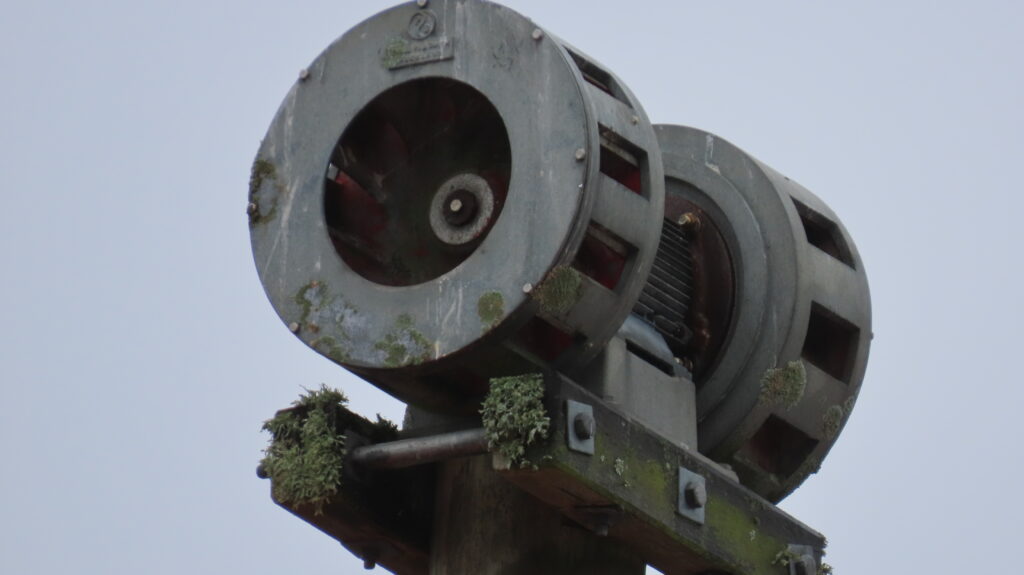
Pictured is one of our current Carter style “air raid” sirens. They cost around $6,000 a year to maintain and no longer comply with national standards. We are required to replace them by June 2020.
FIXED POSITION HAZARD ALERT SIRENS FALL INTO THREE MAIN CATEGORIES
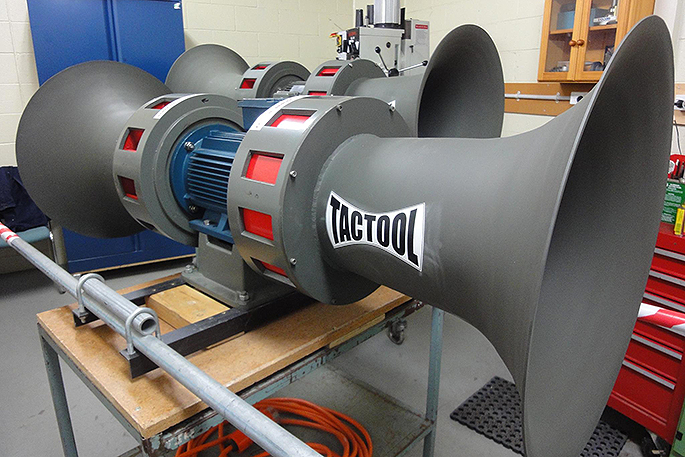
Category One – Carter type (air-raid style) sirens, similar to what we have now. They are mechanical (rotating disc) rather than electronic and use low frequencies or a mixture of frequencies. Lower frequencies are more effective at penetrating walls, glass, cars, and they travel a long way across water, beaches etc. Lower frequencies are also more omnidirectional than higher frequencies and will spread in all directions better than higher frequencies. They are available in New Zealand from a Wellington-based manufacturer and would probably cost between $700,000 and $800,000 to install 30 units. Their limitation is that they are “tone only” – you can’t broadcast voice messages over them. Ideally, they need to be part of a multi-level approach. People hear the siren and check their phone, radio, TV, texts etc., for more information.
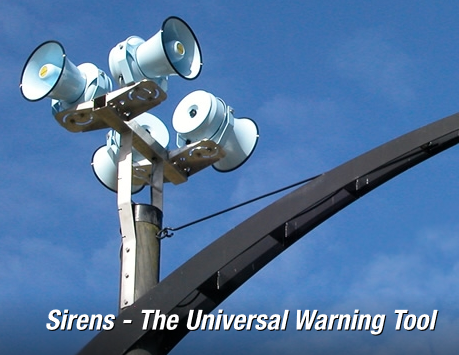
Category Two – Loudspeaker type sirens that broadcast an electronic siren signal, usually from a cluster of speakers pointing in different directions. Relatively low cost at around $15,000 to $20,000 each. Limitations are higher frequency (they won’t penetrate and have to be pointed in multiple directions). New Zealand based company Meerkat was in line to supply these to Tauranga City Council. That contract did not proceed, although we understand that Meerkat does supply other local authorities in New Zealand.
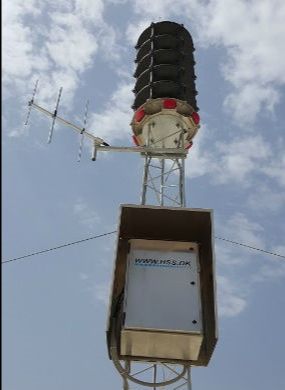
Category Three – Loudspeaker style systems that will broadcast a siren and voice messages instructing people what actions to take.
This last option is the most expensive and the only one that comes close to the $150,000 that council has flagged as the potential cost. It’s the one that Tauranga City Council has chosen to go ahead with. HOWEVER – these units cost an estimated $225,000 – $300,000 each. The voice-over component in such systems can have limited distance and hear and understand the messages clearly. Factors such as wind, surf, echo off buildings and landscapes can affect the sound significantly.
(NZ Herald 17 July 2019)
“After years of debate, trialling different systems and resource consent issues, Tauranga City Council has given the go-ahead to install up to 12 tsunami sirens between Pāpāmoa East and Ōmanu over the next two years. The sirens are voice-over units and will cost $1.8 million for the first stage involving six to eight sirens. The consenting and construction work was expected to take up to two years.”
From what we can see, TCDC will be faced with the following options:
a) 30 sirens (Carter style) at approx. $26,000 each.
Total cost – between $700,000 and 800,000
b) 30 sirens (voice-over units) at $300,000 each (highest price estimate, based on Tauranga CC decision).
Total cost – $9 million
That’s a significant difference in funding that council has to budget for.
If TCDC goes for the voice-over units at the cost of $9 million, they are still left with the dilemma that sirens don’t reach the maximum number of people in the shortest possible time with a call to action that saves lives. They are still only part of the mix.
In addition to the sirens and the potential $9 million cost to replace them (if TCDC were to go ahead with the most expensive option), they are considering an arrangement to develop the Tsunado device to the point where it can be effectively utilised as a warning system in Coromandel homes and properties. The idea is to reach the rest of the population who can’t hear the sirens and provide additional information about an impending hazard.
Councils across the country (and around the world) have grappled for years with ways to find effective warning systems in the event of an emergency. Different places have different needs to some extent. If you live in the American mid-west (Tornado Alley), then your potential threat is different from those of us on the Coromandel coast, where tsunami’s, flooding and bush fires are amongst our primary concerns.
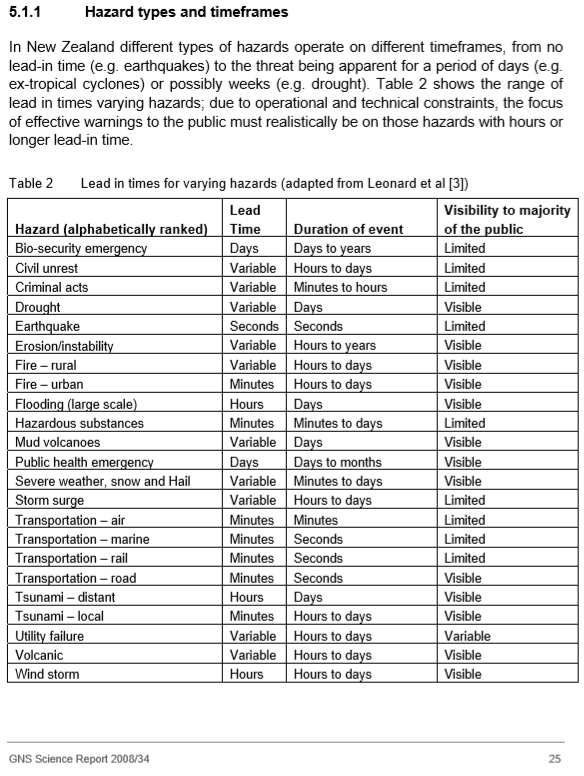
Numerous studies have been done on the most effective way to get an emergency message out to the maximum number of people in the shortest possible time. The net result of these studies always comes back to one answer. It takes multiple systems to ensure that you can reach enough people and keep them safe.
Question Two: If we replace all the sirens, have we solved the problem?
The short answer is, of course, no. Even if we replaced all the sirens with new ones, we still don’t have a system that can alert enough people in enough parts of the Coromandel to an emergency quickly enough. Council has a legal (Civil Defence Emergency Management Act 2002) and a moral obligation to do everything possible to “Keep People Safe”.
GNS Science in 2008 developed a “Decision Tool” which territorial authorities could use to evaluate the options, input their own populations and criteria, and come up with some guidance as to the effective solutions. In 2012 this process was updated and used in a practical exercise for Waiheke and Great Barrier Islands. The table below gives an idea of what results were found from the first exercise.
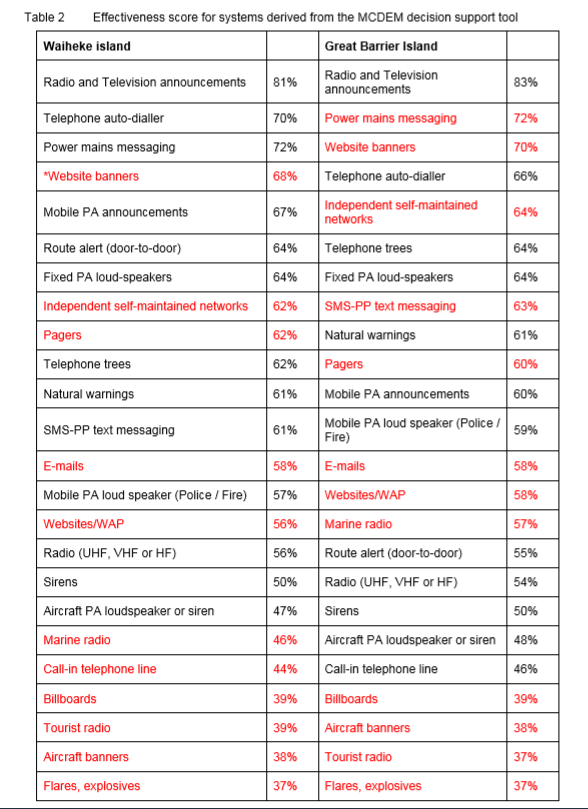
There are two other tools in the warnings toolbox that are not mentioned in this study but referred to outside the chart. Both are very important. Social media, Twitter, Facebook, Instagram – to get the message out and spread very quickly. The other is IAD’s (Indoor Alert Devices).
None of these methods or those listed above can get the job done effectively on their own. As all the studies conducted so far have shown, the only effective solution is a combined attack across multiple systems.
Sirens, email, radio and media broadcasts, Civil Defence and emergency service messages, social media, text messages, electronic billboards and boots on the ground (Fire, Police, Ambulance, Coastguard, Civil Defence personnel, volunteers, friends, family, neighbours).
That brings us back to the proposal for TCDC to partner with a private company to develop the Tsunado IAD project. TCDC entered into a joint exercise with Tauranga City Council in December 2017 to investigate the IAD.
In April 2018, Tauranga City Council pulled out of the project, deciding instead to install sirens, and TCDC decided to continue alone.
What has it cost so far, and how much is it likely to cost if it goes ahead as proposed?
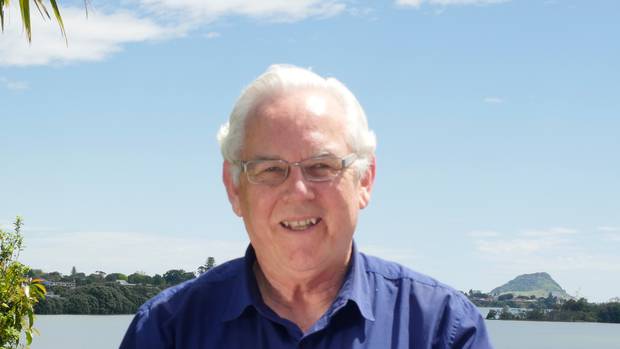
Tsunado NZ Ltd Technical Director Gary Benner.
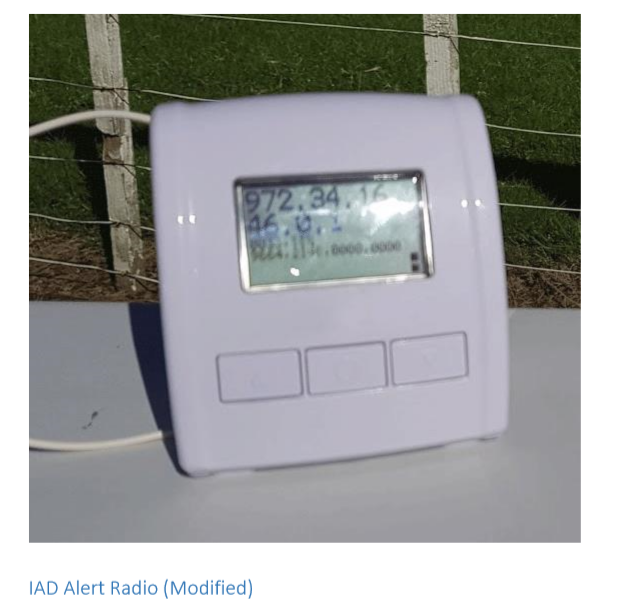
SO WHAT IS AN IAD, AND HOW DOES IT WORK?
An IAD is a small box like the one in the picture. It would be installed in homes, business premises and other organisations (schools etc). In an emergency, the unit would receive a signal utilizing RDS (Radio Data Systems). This signal comes from a local FM radio station with a special server installed in their broadcast transmitter facilities. Radio stations already use RDS signals to send information about the music you are listening to without interfering with your favourite song. So your radio tells you you’re listening to Queen, The Rolling Stones, or Ed Sheeran.
That same RDS frequency can be used to transmit a warning in the event of an emergency. This warning can be a siren (similar to a smoke alarm), a flashing light (important for those with hearing impairments), a spoken message, or all of these. It can send text messages to a screen and keep them displayed in case you were in the loo when it went off. The device needs to be permanently plugged into a power point, but it has a backup battery (between 5 and 10 days depending on usage) in case of power failure.
Tests have shown that Tsunado style devices can reach a significant number of households with warnings, messages and calls to action in the event of a civil defence emergency. If you can receive FM radio coverage, you should be able to receive an RDS signal. Some questions have been raised about the levels of effective penetration of the FM signal. The tests have shown that certain critical areas do not receive a strong enough signal to make the units as effective as originally hoped. Some of these areas (Pauanui, Kuaotunu) experience high visitor numbers in peak seasons.
There have been extensive technical reports, test results and data produced on the Tsunado device and its suitability for the Coromandel situation. Council have already spent $180,000 on a consultancy report in April 2018 – plus an unknown amount on two Kordia reviews of available data and reporting. These projects cannot be done properly without proper reporting. Still, the potential ongoing costs and the potential for council to become entangled in a complicated public/private partnership raises many more questions.
Tauranga City Council pulled out of the project in 2018, with TCC Councillor Steve Morris voicing concerns that the systems were “expensive and complicated and should be an opt-in “user-pays” arrangement.” However, it’s worth remembering that the Coromandel has a markedly different coastline from the Papamoa beachfront. We might need a different solution to reach people who can’t hear the sirens.
Many questions remain, and these are the issues that our Councillors will have to debate when they do their workshops in July.
- Should TCDC embark on a $2 million joint venture with a private company to develop and distribute this product?
- What are the risks involved for TCDC (and us as ratepayers)?
- Is there another alternative for developing this product, such as involving a tech company with the experience and financial backing to take it from development to market? Someone like Fisher and Paykel Healthcare who have a track record in hi-tech safety products?
- If the final cost per unit ends too high and people won’t buy it, where does that leave council and what happens to the invested money? Cost estimates so far put the prices at between $40 and $90. Will council spend another $2 million only to find out that the units are too expensive and nobody will buy them?
- Does that leave council in a position where more money has to be allocated to subsidise the units?
- What are the intellectual property implications for council and the private partners?
There are many more questions, and we will be watching this closely.
CAN TCDC AFFORD TO DO THIS?
TCDC currently have combined internal and external debt of over $120 million. They were forecasting that debt to reach $199 million by 2028 (LTP budgets) based on external debt coming down, but in reality, our external debt is tracking upwards.
Decisions like these can have serious consequences in the future. Is there another way to keep our people safe without emptying the council’s bank account and leaving nothing for the long list of other important works that need to be done?
THE ROLE OF CENTRAL GOVERNMENT
There are increasing occasions where regulations or legislation are passed in Wellington requiring councils to comply with national standards for water, safety, or consent processes. This has been happening under both Labour and National governments and seems to be driven more by bureaucrats and departments rather than policy.
In the case of a small council like ours, with many retired folks and limited funds, there needs to be some push back on the government to put their hands up for some of this stuff—our MP’s need to be told to get their departments under control.
Thames-Coromandel District has one of the most challenging geographical areas and longest coastlines in the country. There must come a point where we have to say to the Government – “we just don’t have the money to pay for this without you chipping in.”
Is it time to take a harder line with government and tell them we are not in a position to incur any more debt to meet their compliance standards?
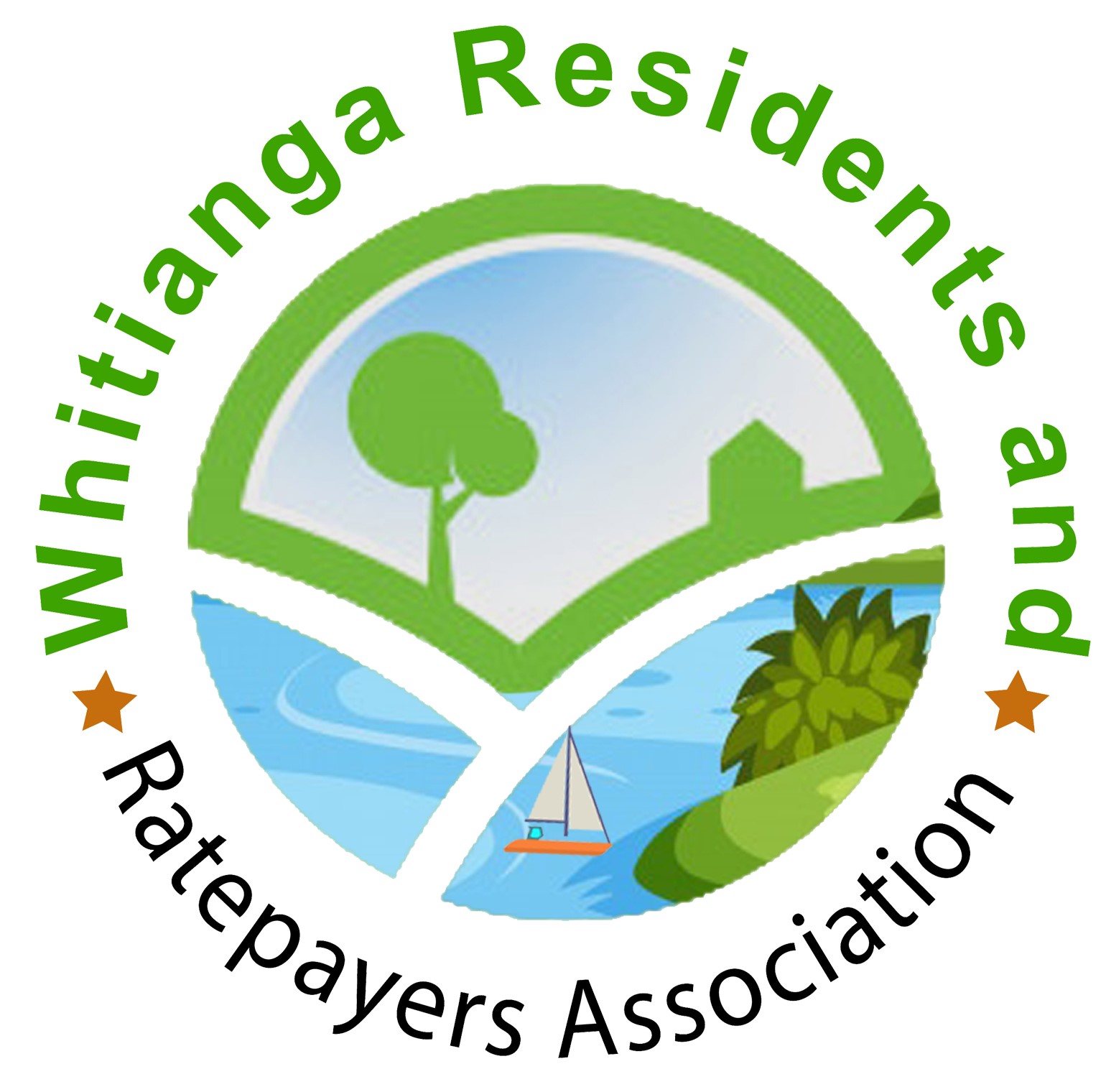
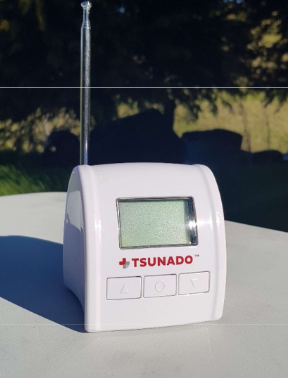
Recent Comments